How to Connect Smart Home Devices to Your Smart TV
4 December 2024
So, you've decked out your home with all the latest smart gadgets, and now you're thinking, "Wouldn't it be great if my TV could also control everything?" Well, you're in luck! Connecting your smart home devices to your smart TV is not only possible but also a game-changer for convenience. Imagine adjusting your thermostat, turning off the lights, or checking who’s at the door—all from the comfort of your couch with just your TV's remote or even your voice. Sounds pretty futuristic, right?
In this guide, I’ll walk you through the steps to seamlessly connect all your smart home devices to your smart TV. Whether you're a tech enthusiast or just someone looking to simplify life, this guide is for you.
Let’s dive in!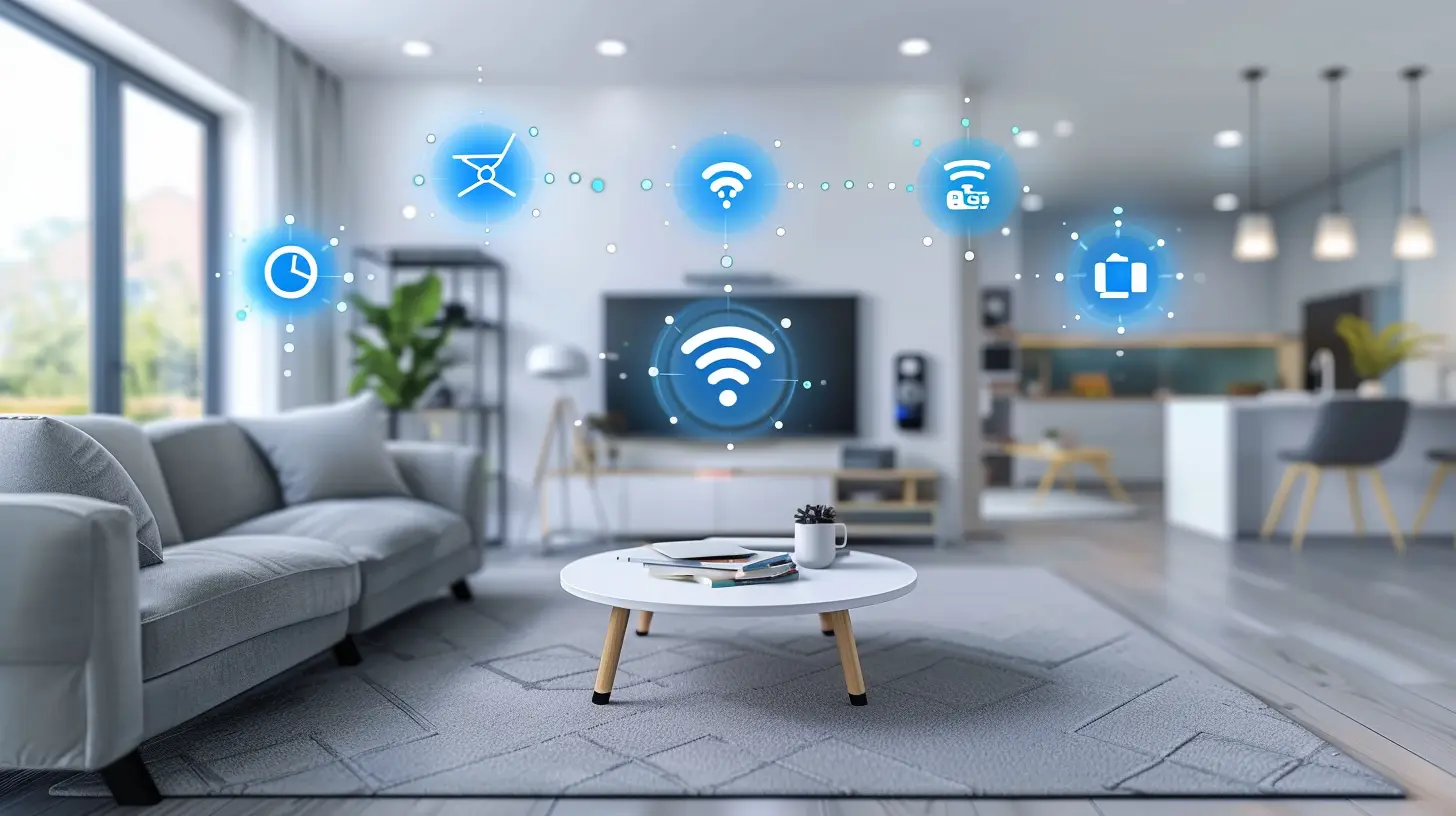
Why Connect Smart Home Devices to Your Smart TV?
Before we get into the "how," let’s talk about the "why." Why would you want to connect your smart home devices to your TV?Well, for starters, it’s all about convenience. Imagine not having to reach for your phone or a separate smart speaker to control your lights, thermostat, or security cameras. Instead, you can do it all through your TV, which is probably already the centerpiece of your living room.
Another reason is integration. Many smart TVs now come with built-in virtual assistants like Google Assistant or Alexa. By connecting your devices to the TV, you can control everything using voice commands. Plus, you get the added benefit of seeing what’s happening on your big screen, like checking who’s at the front door through your smart doorbell camera.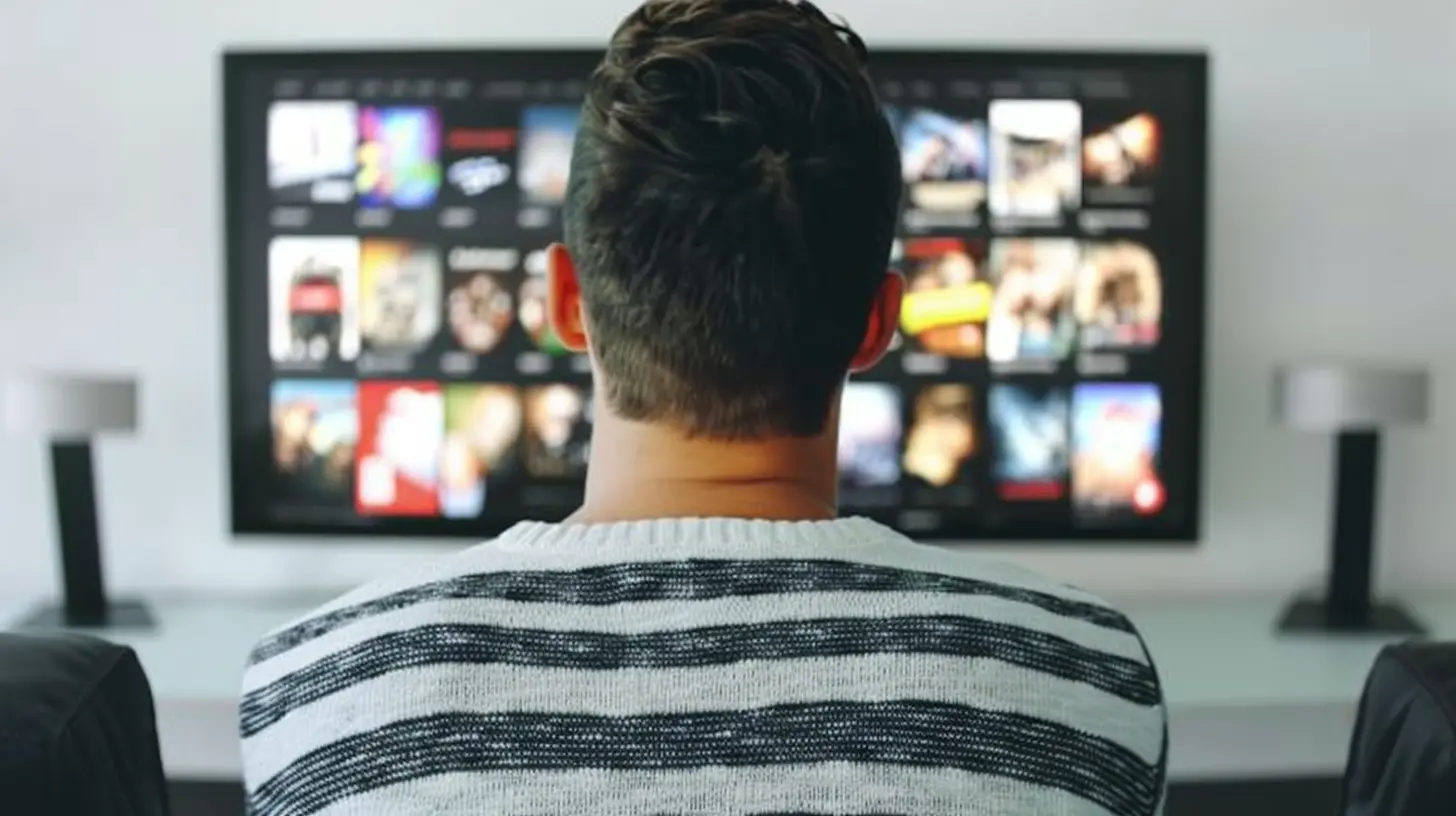
Step 1: Make Sure Your Devices Are Compatible
Check Compatibility Between Your TV and Smart Devices
Before jumping into the setup, it’s crucial to ensure that your smart TV and smart home devices can communicate with each other.Most modern smart TVs come with built-in support for major smart home ecosystems like:
- Google Assistant
- Amazon Alexa
- Apple HomeKit
If your smart TV is relatively new (purchased in the last few years), there’s a good chance it supports at least one of these platforms. On the other hand, your smart home devices—whether it's a smart thermostat, smart lights, or security cameras—will also need to be compatible with the same ecosystem.
For instance, if your smart TV supports Google Assistant, your smart devices should also support Google Home. The same rule applies to Alexa and HomeKit.
How to Check Compatibility
- TV Manufacturer's Website: Check the product page for your specific TV model.- Smart Device App: The app for your smart devices (e.g., Google Home, Alexa, or HomeKit) usually has a list of compatible devices and TVs.
If everything lines up, you’re good to go!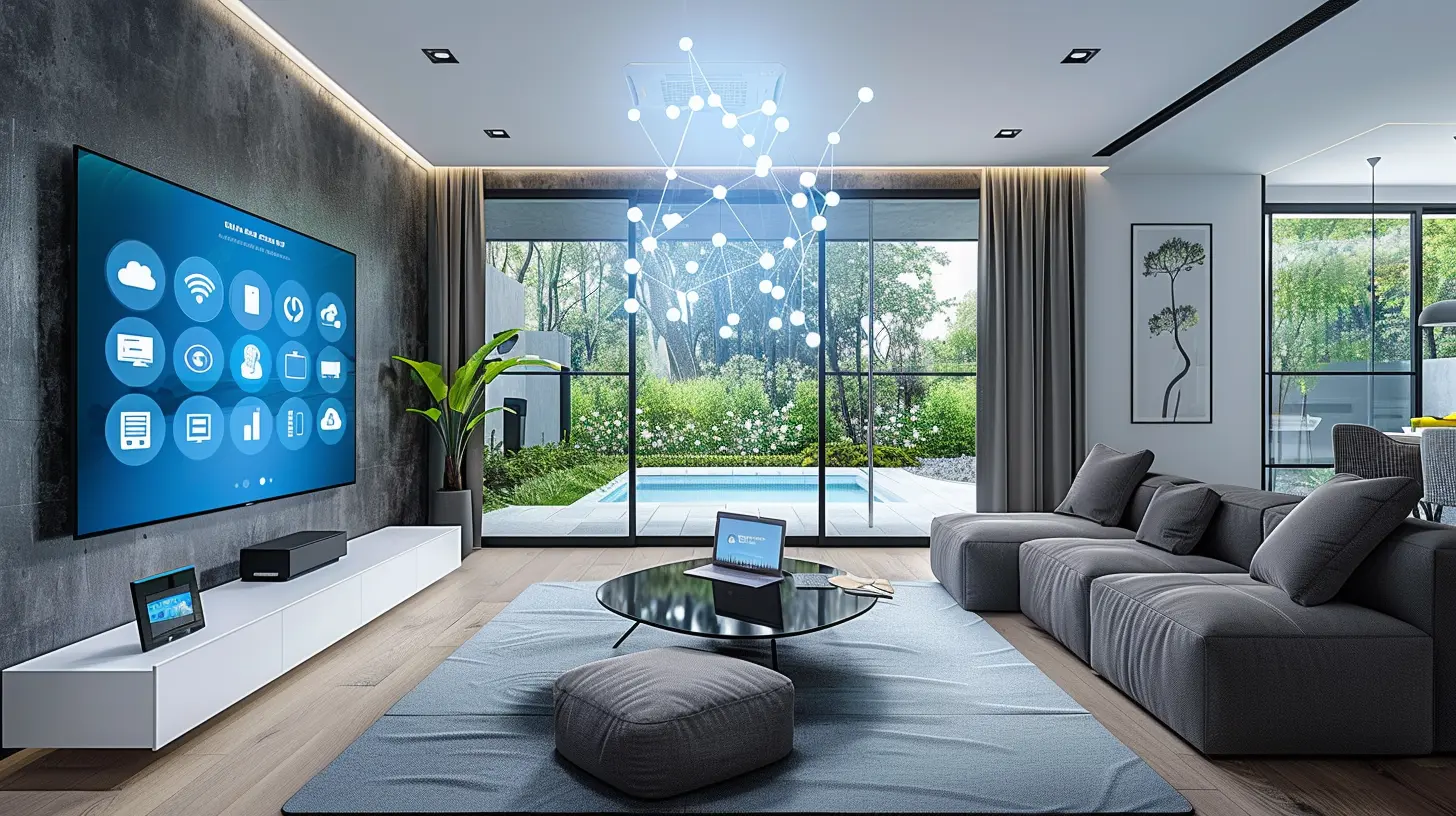
Step 2: Connect Your Smart TV to Wi-Fi
Okay, this one might be a no-brainer, but it’s vital. Your smart TV and smart devices need to be on the same Wi-Fi network to communicate with each other. If you're not sure your TV is connected, here’s how to check and fix it.How to Connect Your Smart TV to Wi-Fi
- Go to Settings: On your TV, navigate to the settings menu (this could be a gear icon or settings tab depending on your TV brand).- Select Network Settings: Find the network or Wi-Fi settings.
- Choose Your Wi-Fi Network: Select your home Wi-Fi network from the list and enter your password.
Once connected, your smart TV can now talk to all the other devices on the same network.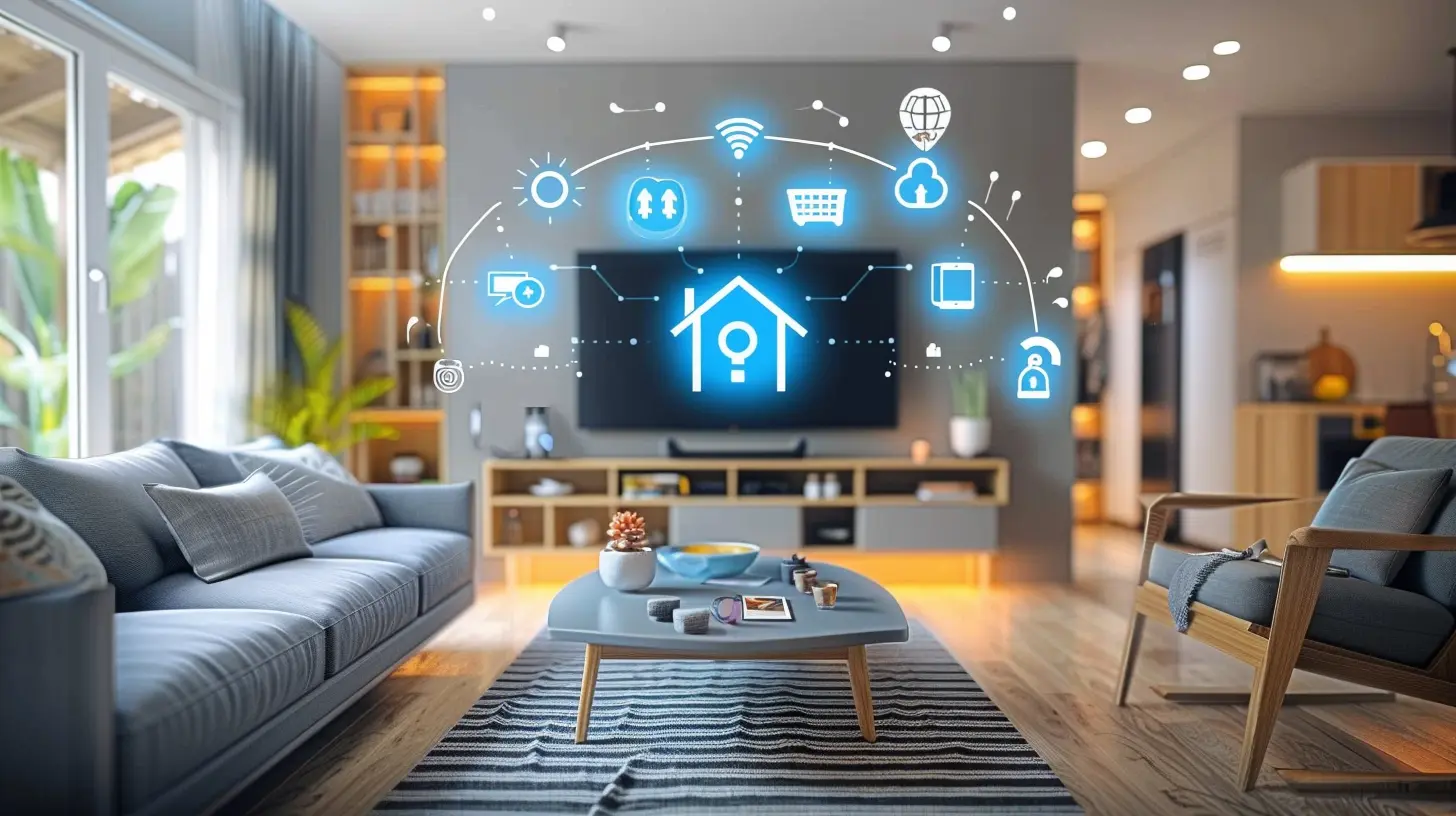
Step 3: Use a Smart Home Hub (If Needed)
What’s a Smart Home Hub?
If you’re deep into the smart home world, you might already have a smart home hub—a central device that connects all your smart gadgets. Think of it as the "brain" of your smart home. Popular hubs include the Amazon Echo, Google Nest Hub, and Apple HomePod.Some smart TVs come with built-in integration for these hubs, making the setup even easier.
How to Set Up a Smart Home Hub
1. Choose Your Hub: If you don’t have one yet, choose a hub that works with both your TV and smart devices.2. Set Up the Hub: Follow the manufacturer’s instructions to connect the hub to your Wi-Fi and pair it with your smart devices.
3. Link the Hub with Your TV: Use the TV’s settings menu to connect your smart home hub. For example, if you use Google Nest, you would go to the Google Home app and link your TV to your Google account.
Once that's done, you’ll be able to control all your smart gadgets through the hub, and by extension, your smart TV.
Step 4: Control Smart Devices Using Your TV's Voice Assistant
Once you’ve got everything connected, you can start controlling your smart home devices through the virtual assistant built into your smart TV. Here’s how to use some of the most common assistants:Google Assistant
If your TV supports Google Assistant, you can use simple voice commands to control your smart devices.1. Activate Google Assistant: Press the microphone button on your TV remote (or use the voice command, if supported).
2. Give a Command: Say things like:
- “Turn off the living room lights.”
- “Set the thermostat to 72 degrees.”
- “Show me the front door camera.”
Amazon Alexa
Similar to Google Assistant, many smart TVs support Alexa, Amazon’s virtual assistant.1. Activate Alexa: Press and hold the Alexa button on your remote or say “Alexa” if voice activation is enabled.
2. Use Voice Commands:
- “Alexa, turn on the kitchen lights.”
- “Alexa, lock the front door.”
- “Alexa, show me the backyard camera.”
Apple HomeKit (With Siri)
For those in the Apple ecosystem, HomeKit-compatible smart TVs allow you to control your home with Siri.1. Activate Siri: Use the Siri button on your Apple TV remote or say “Hey Siri.”
2. Control Devices:
- “Hey Siri, turn off the bedroom lights.”
- “Hey Siri, is the front door locked?”
- “Hey Siri, show me the driveway camera.”
Step 5: Use Apps to Control Devices Through the TV
Most smart TVs have app stores (like Google Play or Samsung’s App Store) where you can download apps from smart home device manufacturers. For example, if you have a Ring Doorbell or Nest Camera, you can download their apps directly on your TV and control them from there.How to Download and Use Apps:
1. Go to the App Store: Navigate to your TV’s app store (usually found under the Home or Apps menu).2. Search for the App: Look for the apps associated with your smart home devices (e.g., Philips Hue, Ring, Nest).
3. Download and Install: Once installed, open the app and sign in with your account.
4. Control Devices: Now, you can use the app to control your smart home devices right from your TV.
Troubleshooting Common Issues
As with any technology, things don’t always go as smoothly as planned. Here are a few common issues you might encounter and how to troubleshoot them.Issue 1: Devices Aren’t Showing Up
If your smart home devices aren’t appearing on your TV, the problem might be with the Wi-Fi network. Make sure:- All devices (TV, hub, smart gadgets) are on the same Wi-Fi network.
- The TV and smart home devices are compatible with the same ecosystem (Google, Alexa, or HomeKit).
Issue 2: Voice Commands Aren’t Working
If your voice assistant isn’t responding to commands, check the following:- Ensure the microphone on your TV remote is working.
- Make sure voice control is enabled in the TV settings.
Issue 3: Slow Response Times
If there’s a delay between giving a command and the device responding, it could be due to network congestion. Try restarting your Wi-Fi router or switch to a faster internet plan.Final Thoughts
Connecting your smart home devices to your smart TV is a fantastic way to streamline your smart home setup, making it more efficient and easier to control. Whether you’re using Google Assistant, Amazon Alexa, or Apple’s HomeKit, the process is pretty straightforward. And once everything is linked, you’ll wonder how you ever lived without it.So, grab that remote, give a command, and start controlling your home from the comfort of your couch. It doesn’t get much more convenient than that!
all images in this post were generated using AI tools
Category:
Smart TvsAuthor:

Jerry Graham
Discussion
rate this article
17 comments
Jennifer McCord
Great guide! Excited to enhance my smart home!
February 11, 2025 at 7:36 PM

Jerry Graham
Thank you! I'm glad you found it helpful. Enjoy enhancing your smart home!
Annette McClellan
Absolutely loved this article! Connecting smart home devices to my TV has made my life so much easier and more enjoyable. Can't wait to try these tips—thank you for sharing! 🚀✨
February 1, 2025 at 12:59 PM

Jerry Graham
Thank you so much for your kind words! I'm thrilled to hear the tips resonated with you. Enjoy enhancing your smart home experience! 🚀✨
Sloan Cooper
Great tips! Connecting your smart home devices to your TV can turn your living room into a tech haven. Embrace the convenience and let the fun of automation elevate your entertainment experience!
January 25, 2025 at 7:34 PM

Jerry Graham
Thank you! I'm glad you found the tips helpful. Embracing smart home automation truly enhances the entertainment experience!
Lanae McKinney
Great tips for integrating smart home devices with my smart TV seamlessly!
January 17, 2025 at 5:22 AM

Jerry Graham
Thank you! I'm glad you found the tips helpful!
Indie Gates
Great article! Connecting smart home devices to a smart TV can enhance convenience and functionality. Looking forward to trying out these tips. Thank you!
January 11, 2025 at 5:45 AM

Jerry Graham
Thank you for your kind words! I'm glad you found the tips useful. Enjoy enhancing your smart home experience!
Zedric Chavez
Great insights! Connecting smart devices enhances the overall smart home experience significantly.
January 3, 2025 at 7:46 PM

Jerry Graham
Thank you! I'm glad you found the insights helpful. Connecting smart devices truly does elevate the smart home experience!
Azriel Frank
Connecting smart home devices to your smart TV feels like giving your home a brain upgrade. Just ensure your Wi-Fi is strong—because a buffering cat video is a tragedy no one should endure in 2023!
December 25, 2024 at 5:55 AM

Jerry Graham
Absolutely! A strong Wi-Fi connection is key to ensuring a seamless smart home experience and uninterrupted entertainment. Happy streaming!
Lincoln Duffy
Great tips! Seamless connections make life so much easier!
December 21, 2024 at 9:56 PM

Jerry Graham
Thank you! I'm glad you found the tips helpful. Seamless connections truly enhance the smart home experience!
Courtney Adams
Great tips! Excited to enhance my smart home!
December 15, 2024 at 8:01 PM

Jerry Graham
Thank you! I'm glad you found the tips helpful. Enjoy enhancing your smart home!
Zevonis Long
Great insights, thank you!
December 10, 2024 at 8:56 PM

Jerry Graham
You're welcome! I'm glad you found it helpful!
Ulysses Myers
Integrating smart home devices with your TV enhances convenience, creating a seamless and interactive experience.
December 8, 2024 at 9:26 PM

Jerry Graham
Absolutely! Integrating smart home devices with your TV truly transforms your entertainment experience, making it more convenient and interactive.
Rachel McGill
Embrace the future! Connecting your smart home devices to your smart TV opens a world of convenience and entertainment. Let technology simplify your life!
December 8, 2024 at 5:34 AM

Jerry Graham
Absolutely! Integrating smart home devices with your smart TV enhances convenience and enhances entertainment options, making everyday tasks effortless. Embrace the tech!
Quillan McMahan
Great tips! Making my home smarter!
December 7, 2024 at 4:55 AM

Jerry Graham
Thank you! I'm glad you found the tips helpful for enhancing your smart home!
Leah Bowman
In the realm of smart homes, each device holds secrets waiting to be unlocked. Connecting them to your smart TV may reveal hidden functionalities and capabilities. Are you ready to discover what your devices are truly capable of?
December 6, 2024 at 9:22 PM

Jerry Graham
Absolutely! Unlocking your smart devices through your TV can enhance your home experience and reveal amazing features. Let’s dive into the possibilities!
Zarev McAnally
Great article! Connecting smart home devices to your smart TV opens up a world of convenience and fun. Your step-by-step guide makes it easy for anyone to enhance their home entertainment experience. Thanks for sharing these helpful tips!
December 6, 2024 at 5:51 AM

Jerry Graham
Thank you for your kind words! I'm glad you found the guide helpful. Enjoy enhancing your home entertainment experience!
Ingrid Dillon
Great insights, thank you!
December 5, 2024 at 1:35 PM

Jerry Graham
Thank you for your kind words! I'm glad you found the insights helpful.
Maribel Pratt
Great guide! Connecting smart home devices to your smart TV enhances convenience and control. I particularly appreciated the step-by-step instructions and tips for optimizing performance. Looking forward to trying these out!
December 4, 2024 at 8:34 PM

Jerry Graham
Thank you! I'm glad you found the guide helpful. Enjoy optimizing your smart home setup!
MORE POSTS

Smart TV Display Technologies: What You Should Know About Mini-LED

The Role of Sustainable Tech in Reducing Global Food Waste
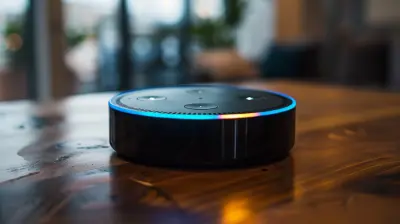
How Digital Assistants are Leading the Charge in Smart Retail

How Digital Assistants Can Help You Stay Organized on the Go
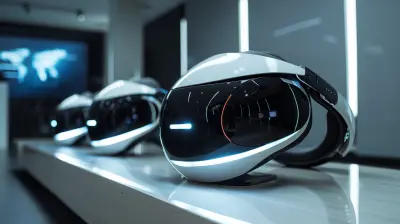
Enhancing Gaming with the Latest VR Headsets

The Role of IoT in Managing Water Resources Efficiently
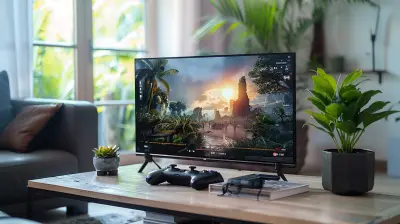
How to Stream Mobile Games to Your TV
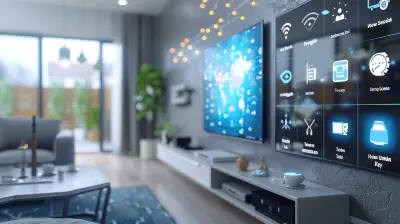
The Future of Smart Homes: Trends to Watch

AR Glasses for Personal Development and Self-Improvement

Automating Your Garage: Smart Openers and Sensors
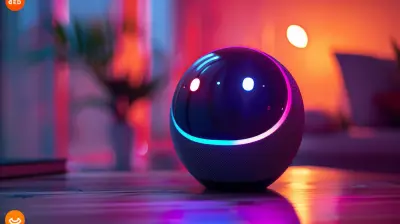
What to Look for When Buying a New Digital Assistant